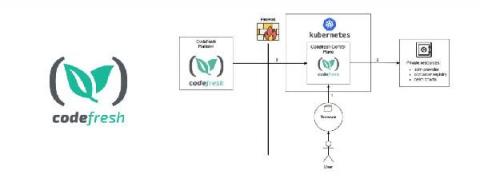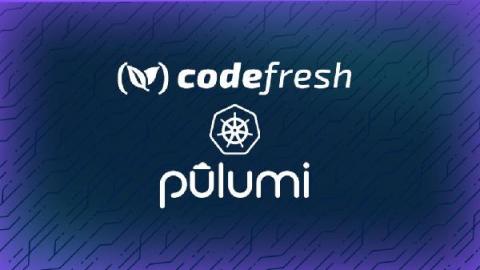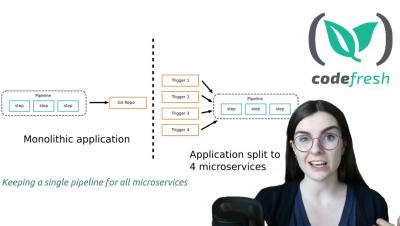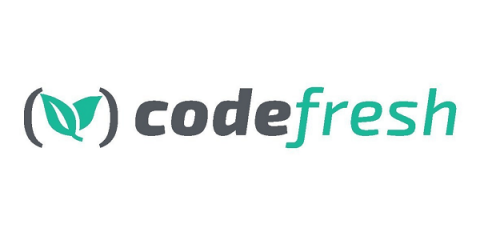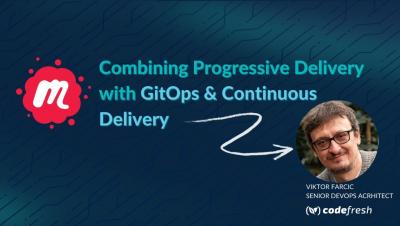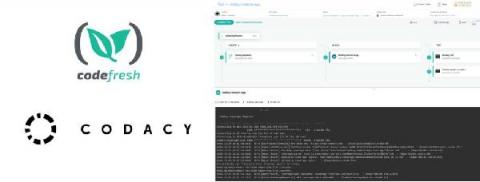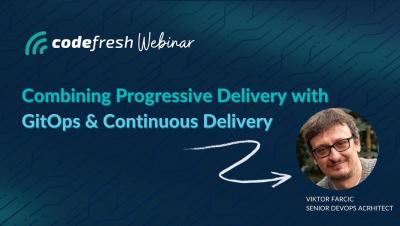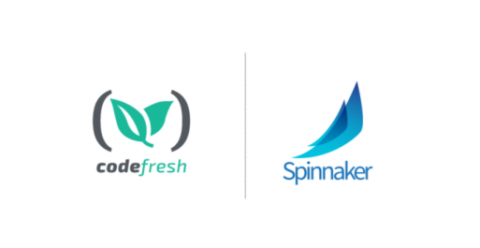Operations | Monitoring | ITSM | DevOps | Cloud
January 2021
Surviving the Disaster: How to Identify Bugs Immediately and Get Back on Track
As all developers know, when building software things don’t always go as planned. In fact, most of the time they don’t. With today’s modern distributed architectures it’s more important than ever to have the proper tools in your toolbelt. This allows us to automate as much of the software delivery lifecycle as possible and then be able to immediately triage issues when they arise.
What Is Zero Trust & How Do We Implement It to Run Secure CI/CD Workflows in Kubernetes?
Zero trust is a security concept that is centered around the idea that organizations should never trust anyone or anything that does not originate from their domains. Organizations seeking zero trust automatically assume that any external services it commissions have security breaches and may leak sensitive information.
CI/CD Pipelines for Kubernetes Apps with Pulumi & Codefresh
Delivering modern applications is complicated and requires the coordination of many moving parts. Applications are frequently updated to implement new features and improve security and performance which translates to a better user experience for your customers. To further complicate matters, infrastructure must also be deployed and maintained simultaneously with applications to avoid conflicts or dependencies.
Lesson 1: Don't tag your Docker images with latest -- use specific versions
Reusable Pipelines for Microservices: Codefresh Quick Bites
Kubernetes Deployment Antipatterns - part 1
In our previous guide, we documented 10 Docker anti-patterns. This guide has been very popular as it can help you in your first steps with container images. Creating container images for your application, however, is only half the story. You still need a way to deploy these containers in production, and the de facto solution for doing this is by using Kubernetes clusters. We soon realized that we must also create a similar guide for Kubernetes deployments.
Kubernetes Deployment Antipatterns - part 2
This is the second part in our Kubernetes Anti-patterns series. See also part 1 for for the previous part and part 3 for the next part. You can also download all 3 parts in a PDF ebook.
Kubernetes Deployment Antipatterns - part 3
This is the third and last part in our Kubernetes Anti-patterns series. See also part 1 and part 2 for the previous anti-patterns. You can also download all 3 parts in a PDF ebook.
Combining Progressive Delivery With GitOps And Continuous Delivery
Code Coverage Reports using Codacy and Codefresh
Where do you usually track your code coverage? If you are not sure about the answer to this question or you would like to explore other options to the ones that you are currently using, then this post is for you. Specifically, this post details how you can use Codacy in your Codefresh pipeline to create and send coverage reports of your repository with every pipeline build. To follow along, make sure to have a Codacy and a Codefresh account. If not, now is the time to set-up a fresh account for free!
Combining Progressive Delivery with GitOps & Continuous Delivery
Codefresh vs Spinnaker
The appearance of containers and their performance benefits compared to the existing paradigm of virtual machines has forced several companies to rethink their software lifecycle, especially the delivery part. Continuous integration and deployment tools (CI/CD) are passing through a second renaissance phase which is characterized by new approaches centered around short-lived environments that are launched and destroyed in a much more dynamic way.
Why Kubernetes is a game-changer for E-commerce
When I started working at Purple managing the E-commerce stack, I inherited a single AWS EC2 instance that represented our entire infrastructure. The problem was, the company was doubling in size every few months, and with this exponential increase in load combined with the issues we were already experiencing with this infrastructure, it became a large business risk.
Looking Back at 2020 and How We Remained True to Our Mission to Make Building Software Easier Despite The Pandemic
The last year was undeniably a different year for everybody. At the start of 2020, Coronavirus spread all over the world, resulting in a global pandemic. Covid affected the way we live, work, meet other people, and has drastically changed everyone’s lives in ways that we could not ever imagine. In a world of uncertainty, DevOps has undeniably become even more important.




